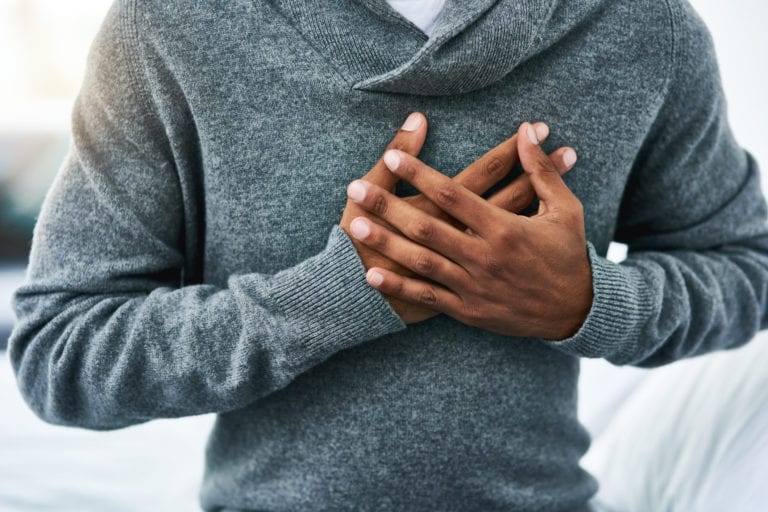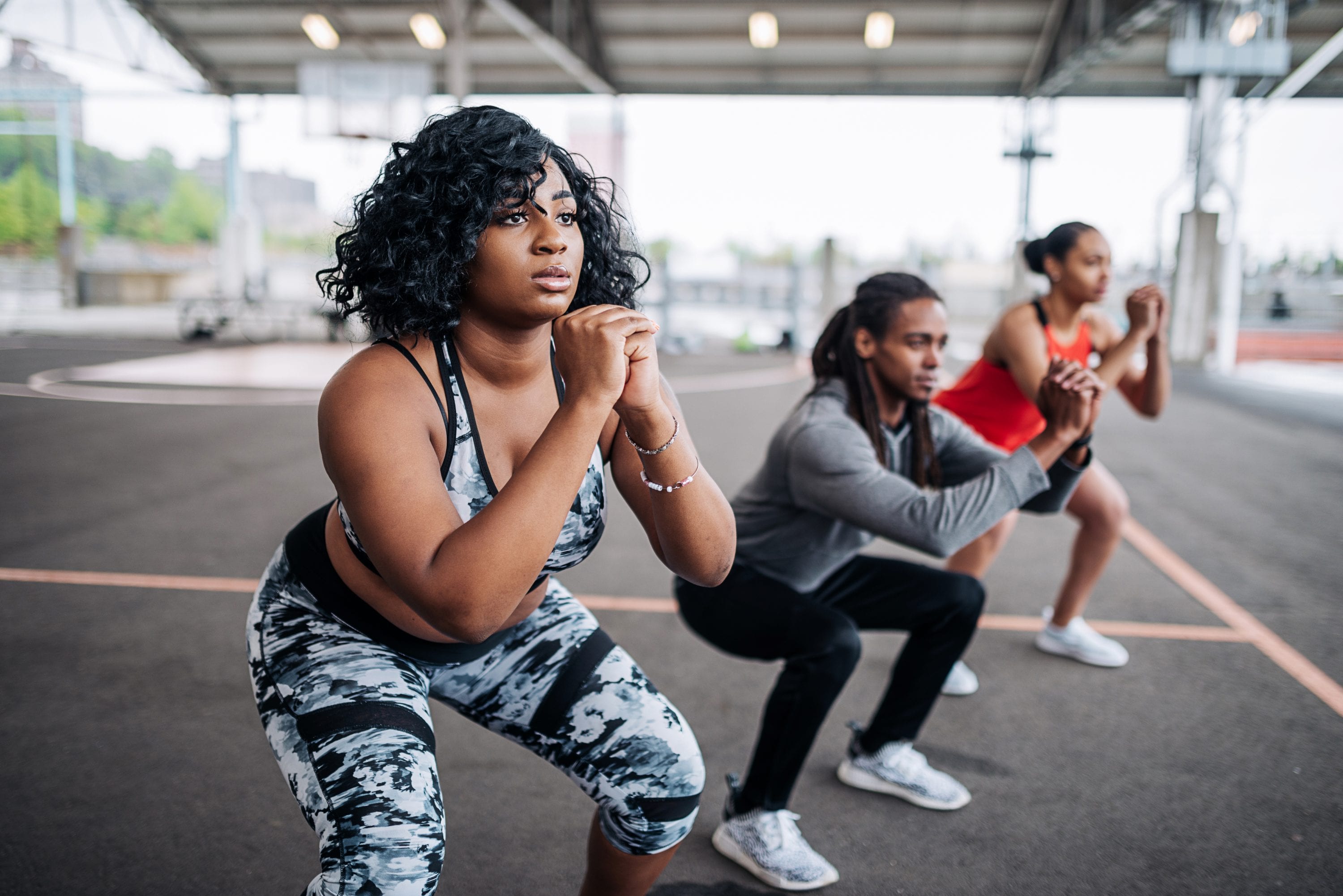By: d-mars.com
News Provider
Summer is here, and with it comes soaring temperatures that can put our health at risk. Heatstroke, a potentially life-threatening condition, is a serious concern during these scorching months. However, with the right knowledge and precautions, you can stay cool and keep heatstroke at bay. In this article, we will explore the essential tips for recognizing and preventing heatstroke, ensuring that you can enjoy the summer while staying safe. From understanding the symptoms of heatstroke to implementing effective prevention strategies, we’ve got you covered. Whether you’re planning a day at the beach, a backyard BBQ, or an outdoor workout, being equipped with the knowledge to beat the heat is crucial. So, let’s dive in and discover how to stay cool, calm, and collected amidst the rising temperatures. Don’t let heatstroke dampen your summer fun; take control and protect yourself from the heat’s harmful effects.
What is Heatstroke?
Heatstroke is a severe heat-related illness that occurs when the body’s core temperature rises to dangerous levels. It happens when the body’s natural cooling mechanisms are overwhelmed and unable to regulate temperature effectively. Unlike milder heat-related illnesses like heat exhaustion, heatstroke is a medical emergency that requires immediate attention.
It can occur to anyone, regardless of age or physical fitness level, but certain factors increase the risk. Prolonged exposure to high temperatures, especially in combination with high humidity, is the primary cause of heatstroke. However, other factors such as dehydration, excessive physical exertion, and certain medications can also contribute to its development.
Heatstroke is a condition that should not be taken lightly, as it can lead to organ damage, brain injury, and even death if left untreated. Therefore, understanding the dangers of heatstroke and knowing how to recognize the symptoms are crucial steps in preventing its onset.
Redo this part: Understanding heatstroke
Heatstroke is a severe condition that can develop when the body is unable to cool itself effectively. Prolonged exposure to high temperatures, combined with dehydration and physical exertion, can overwhelm the body’s ability to dissipate heat and lead to heatstroke.
Preventing heatstroke
Stay hydrated: Drink plenty of fluids, even if you don’t feel thirsty. Water is the best choice for hydration. Sports drinks replenish electrolytes lost through sweating.
Dress appropriately: Wear loose, lightweight and light-colored clothing that allows for proper air circulation. Opt for breathable fabrics that wick away moisture, such as cotton or moisture-wicking athletic wear.
Seek shade and limit sun exposure: Avoid direct sunlight during the hottest hours of the day, typically between 10 a.m. and 4 p.m. When outside, seek shade as much as possible and wear a wide-brimmed hat and sunglasses for added protection.
Use sunscreen: Apply a broad-spectrum sunscreen with an SPF of 30 or higher to all exposed areas of the skin. Reapply every two hours or more frequently when sweating heavily or engaging in water activities.
Take breaks and cool down: When engaging in physical activities or spending time outdoors, take frequent breaks in shaded or air-conditioned areas. Use cooling towels, misting fans, or spray bottles filled with water to help lower body temperature.
Recognizing the signs of heatstroke
It’s crucial to recognize the early signs of heatstroke. Prompt action can be lifesaving. Look out for the following symptoms:
High body temperature: The core body temperature may exceed 103°F (39.4°C). Use a thermometer to measure the temperature if available.
Altered mental state: Confusion, dizziness, disorientation, agitation, or even loss of consciousness can be indications of heatstroke.
Rapid heartbeat and breathing: An unusually fast heart rate and breathing rate may be present.
Headache and nausea: Severe headaches, along with feelings of nausea or vomiting, can occur.
Red, hot and dry skin: The skin may appear flushed, hot to the touch, and dry due to lack of sweat production.
Taking action
If you suspect someone is experiencing heatstroke, it is essential to take immediate action:
Move to a cooler area: Get the person out of direct sunlight and into a shaded or air-conditioned place as quickly as possible.
Call for help: Dial emergency services or seek medical assistance promptly. Heatstroke is a medical emergency that requires professional attention.
Lower body temperature: Initiate cooling measures to bring down the person’s body temperature. Place cool, wet towels on their neck, underarms and groin areas, or use a spray bottle to mist their skin with cool water.
Fan air on the person: Use a handheld fan or create airflow with a magazine or piece of cardboard to help facilitate heat dissipation.
Encourage fluid intake: If the person is conscious and able to drink, provide cool water or a sports drink to rehydrate their body.
Do not provide medications: Avoid giving any medication unless instructed by medical professionals.
Monitor vital signs: Continuously monitor the person’s vital signs, including temperature, pulse and respiration, while waiting for medical assistance to arrive.
Remember, heatstroke is a life-threatening condition, and immediate action can make a significant difference in the outcome. It is crucial to seek medical attention promptly and provide appropriate care while waiting for professional help.







